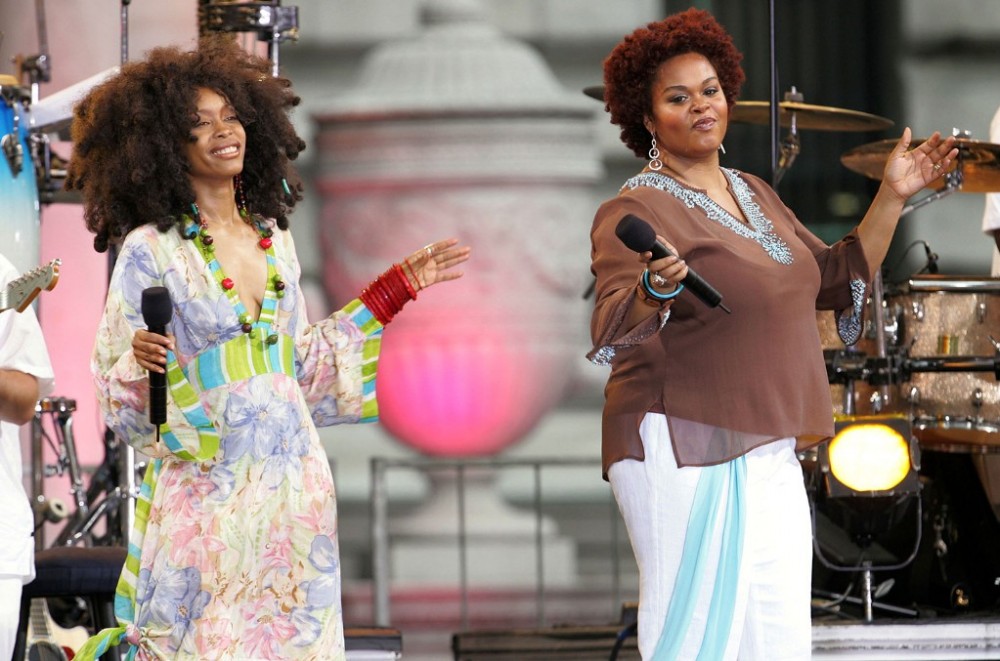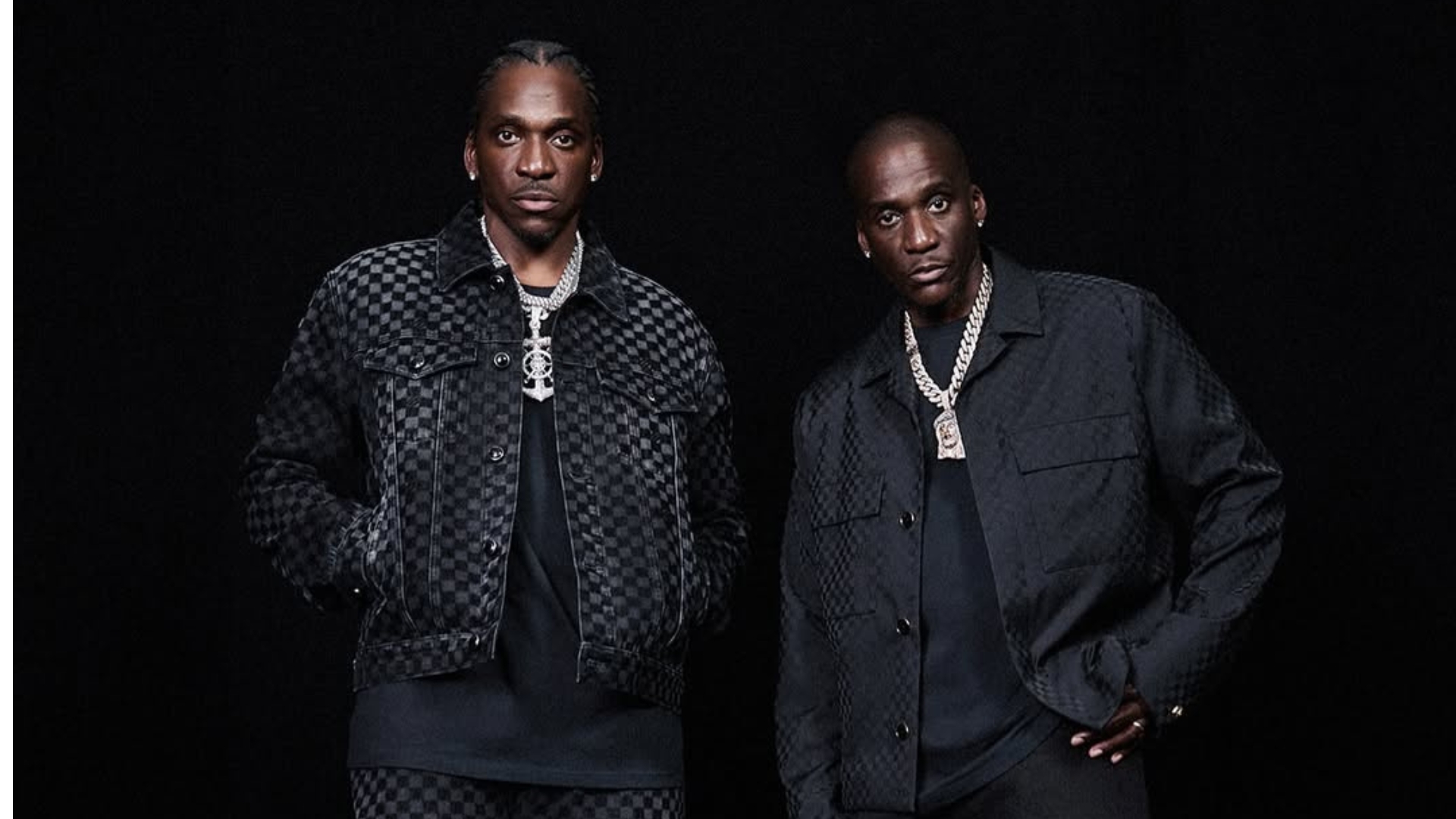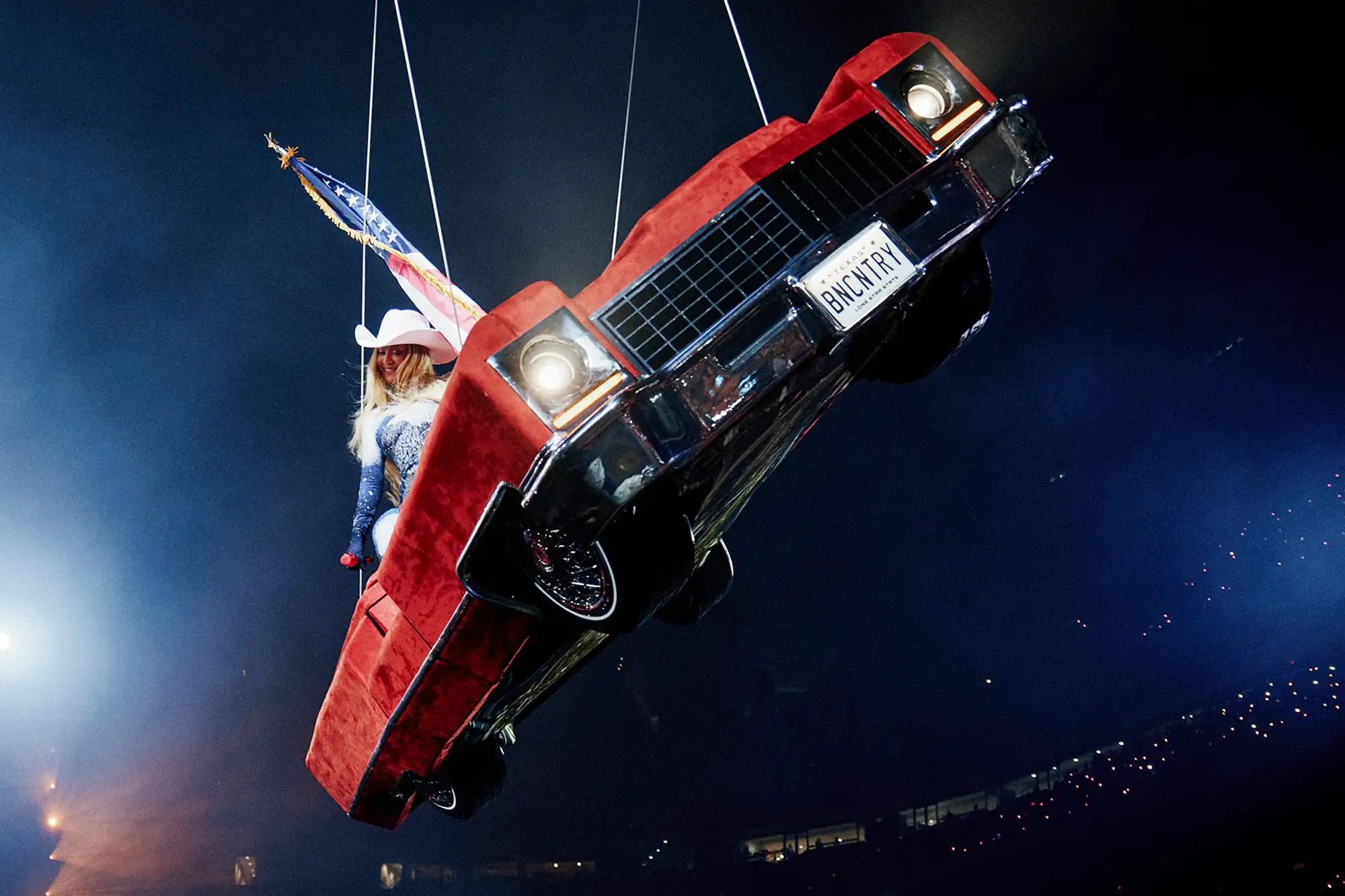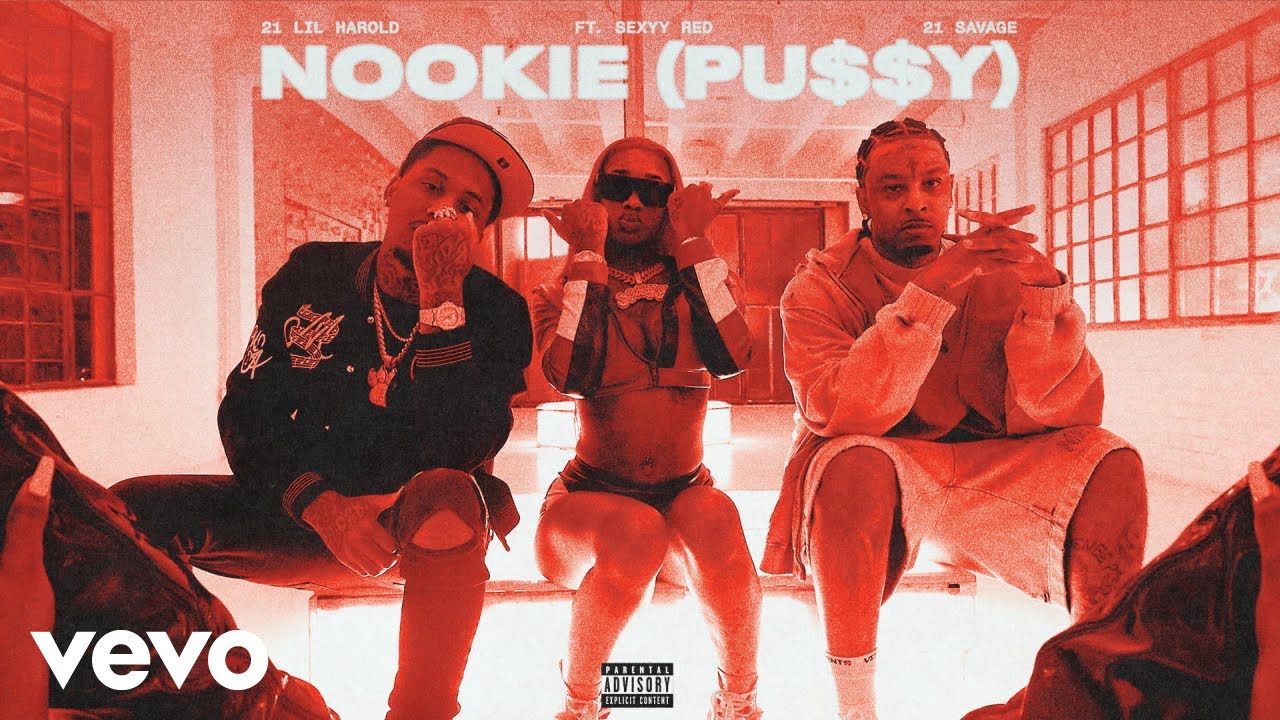Following our Billboard staff-picked list of the 100 greatest songs of 2000, we’re writing this week about some of the stories and trends that defined the year for us. Here, we look back at R&B at the turn of the millennium, and how after a half-decade, the burgeoning neo-soul movement reached a long-awaited critical and commercial breakthrough — which was also, unfortunately, the subgenre’s peak.
If you chart modern R&B’s course on a map, you’ll notice a giant fork in the path around the year 2000. Actually, it was more of a massive roundabout, leading to an increasingly segmented space where whichever music didn’t sonically match mainstream radio would be sidelined for most of the following 20 years.
A look back at 2000’s year-end Hot 100 and album charts will reveal, by current standards, a surprisingly diverse representation of Black music: uber-produced, TRL-friendly hits from Destiny’s Child, TLC and Sisqo; straight down the middle, traditional R&B from Toni Braxton, Joe and Brian McKnight; children of hip-hop soul like Jagged Edge, Aaliyah and Mya; melodic rap/sung offerings with catchy hooks from Mystikal, Nelly and Ja Rule; even gospel crossover from contemporary mainstays Yolanda Adams and Mary Mary. And finally, soulful standouts from D’Angelo, Erykah Badu, Angie Stone and Common.
While the picture is that of a wide spectrum, there was a sonic tug of war happening within urban music, and R&B commercial success hasn’t been as diverse since. For 2000, however, neo-soul, which spent most of the ‘90s as an alternative sound with a few breakout artists, enjoyed a moment in the mainstream sun. R&B and hip-hop spent most the ‘90s advancing from dating to marriage — starting with the rhythmic tempo and synth heavy sounds of New Jack Swing; then the sample and rap feature-heavy hip-hop soul; and finally the production-centered, shiny suit and platinum chain era of ‘80s dance samples and melodic hooks. What started as two distinctive sounds and styles complimenting each other was merging into one sonic being, with hip-hop slowly edging its way to the forefront and influencing R&B’s sound and style.
Throughout this evolution, however, there were acts who clung to the fundamentals. Mint Condition and Tony! Toni! Toné! bore the banner of the last R&B bands standing, from the early ‘90s on. On the hip-hop side, the Native Tongues collective (Jungle Brothers, De La Soul, A Tribe Called Quest) famously eschewed everything commercial and maintained underground hip-hop standards: obscure, jazz and soul samples excavated from deep vinyl crates, elevated lyrical content, and zero concern about songs crafted for radio. The Roots took up the mantle and went even further as one of few rap groups that was also a live band.
Then, between 1995 and 1998 came the harbingers of a soul music renaissance both in music and urban culture: D’Angelo’s Brown Sugar (1995), Maxwell’s Urban Hang Suite (1996), Erykah Badu’s Baduizm (1997), the Love Jones Soundtrack (1997), and Lauryn Hill’s The Miseducation of Lauryn Hill (1998). While there were other artists playing in a similar space (Chico Debarge, Christión, Eric Benét, Zhané), it was still mostly an alternative soul niche with a few stand outs; not yet its own entity. At the mainstream level, however, R&B moved further away from a soul foundation, as in 1999, TLC and Destiny’s Child announced the arrival of the pop&B era with their respective multi-platinum sophomore outings, Fanmail and The Writing’s on the Wall. In 2000, soul music staged a rebellion.
The preamble came in ’99 two albums: Macy Gray’s debut On How Life Is, and The Roots’ commercial breakthrough Things Fall Apart. The former caught fire in spring 2000 with the smoky-voiced Gray’s “I Try,” which eventually peaked at No. 5 on the Billboard Hot 100, a bonafide pop hit. Like ’90s breakthrough artists Meshell Ndegeocello and Dionne Farris, however, Gray is only categorized as neo-soul because people didn’t know where else to put her. Her album, helmed by Fiona Apple and The Wallflowers producer Andrew Slater, was something not all the way pop, not all the way soul, but somewhere undefined. “I Try” soared on top 40, but it didn’t crack the top 20 on Billboard’s Hot R&B Songs chart. This was one of the trappings of the “neo-soul” title: almost any Black artist that wasn’t easily defined as R&B or Pop landed there by default.
The second, Things Fall Apart, was the earliest finished project from the famed Electric Lady Studios sessions, which also produced D’Angelo’s Voodoo, Common’s Like Water for Chocolate, and Erykah Badu’s Mama’s Gun. It was also a teaser of the collaborative energy that would define the next couple of years; with features from Badu and Common, plus Mos Def, Philadelphia native DJ Jazzy Jeff, and (as a writer) Jill Scott.
At the top of the new millennium, D’Angelo emerged from a five year hiatus heralding the return-to-soul missive, a charge he led along with his collaborators and fellow vanguards of progressive soul — Questlove and James Poyser of The Roots, Raphael Saadiq, Q-Tip, and Jay Dilla — as a Voltron-esque music collective that dubbed itself the Soulquarians. They came together primarily to work on the LP OkayPlayer has since declared “neo-soul’s most salient creation.” Voodoo is not only celebrated as D’Angelo’s definitive work, but as one of the most important albums in modern R&B and soul music; the Soulquarians kicked a movement into gear.
If you liken the evolution of modern R&B to the evolution of jazz, the Soulquarians era is the shift from big band to bebop; the intentional rejection of grand, polished uniformity in style and sound in exchange for the freedom of experimentation and individual expression. Urban music’s commercial growth came at the expense of creativity, originality and, arguably, the actual soul. “Black music is becoming synonymous with songs about sex, money and violence,” D’Angelo lamented to the Chicago Tribune around Voodoo’s release. “Everybody is talking about partying. Everybody is talking about the same expletive].”
The music had forgotten it’s way. Questlove said immediately prior to Voodoo dropping that the Soulquarians shared “an uneasiness with the state of Black music.” They were musical descendants of Jimi, Marvin, Stevie, Clinton, James and Prince, and the devotion to their musical foundations drove the collective magic. “It was a love for the dead state of Black music,” he explained to readers on OkayPlayer, the Roots-founded music site that became the only hub for all things alternative soul and hip-hop in years to follow. “A love to show our idols how much they taught us. This was the love movement, and (Voodoo) was the beginning.”
They deconstructed the production process, taking over Jimi’s Hendrix’s dormant Electric Lady studios (for the energy), using the existing analog equipment — a massive departure from the heavily programmed production of the moment — and morphing from jam sessions straight into recording sessions without transition, creating an intentional unfinished element you can hear and feel in the music. Questlove moved other projects he was lined up to produce into the studio, and while Voodoo was happening in one room, Like Water for Chocolate came together in another, and Mama’s Gun in yet another. Artists and friends bounced in between rooms, even shuffled songs around (LWFC’s “Geto Heaven Pt II” was originally for Voodoo, and Voodoo’s “Chicken Grease” was intended for LWFC). Ironically, the artistic force consciously working against the focus on commercial/radio-friendly joints helped shift the culture so much, they created commercial and critical hits anyway — Voodoo climax “Untitled (How Does It Feel)” became an unlikely top 40 crasher in early 2000, thanks in large part to its quickly iconic music video.
Like Water for Chocolate followed Voodoo as the second album in what you could call the Electric Lady trilogy in March 2000. As mentioned before, hip-hop seeded the neo-soul movement, and Common is among rappers including Q Tip, The Roots, Mos Def and Slum Village, who reflect the same sonic style as the genre’s definitive acts. In fact, most hip-hop artists or groups attached to a neo-soul descriptor are Soulquarians or Soulquarian affiliates. The Chicago lyricist’s fourth studio album and major label debut propelled Common from underground conscious rap into the commercial mainstream. LWFC is also kind of a neo-soul posse album, with features from Mos Def, Slum Village, Jill Scott, Cee Lo Green, Bilal and Gray.
The final release from these soultastic sessions was Badu’s sophomore offering, Mama’s Gun, sometimes compared to Voodoo as a companion album. Badu and D’Angelo are true siblings in the genre – Kedar Massengburg, who coined the phrase “neo-soul” and oversaw Baduizm as an executive, originally managed D’Angelo – and the simultaneous work on their debut follow ups reflected similar maturation from their first, arguably more formulaic takes; going deeper with lyrical messaging and risking more with their sound and direction. The combination of her feature moments on The Roots’ “You Got Me,” then-partner Common’s video for “The Light,” her own first Hot 100 top 10 hit with the Dr. Dre-sampling single mix of “Bag Lady,” and such a strong sophomore LP showing with Mama’s Gun got Badu crowned “Queen of Neo-Soul” — a title she’s been reluctant to embrace, for fear of it boxing her into one style.
In between LWFC and Mama’s Gun dropping, Jill Scott’s Who is Jill Scott? Words and Sounds Vol. I signaled a second movement happening within neo-soul: a Philadelphia Soul resurgence, which continued with Kindred the Family Soul, Floetry, Musiq Soulchild and John Legend. Hip hop and neo-soul fans had unknowingly been introduced to the Questlove-discovered “Jilly from Philly” on “You Got Me” in 1999; Scott wrote and originally sang the hook, but was replaced with Badu because she was then an unknown.
Her debut quickly rectified that: Scott combined a four-octave vocal range that could rival classically trained mezzo sopranos with a look reminiscent of ‘70s and ‘80s big-voiced soul singers (full-figured singers were in short supply during the ‘90s), and lyrics that felt like conversation with your homegirl from the block. Singing about smoking spliffs, making grits and eggs, trying not to fight the woman pushing up on her man, and sensual, all-encompassing love with mastery. Rolling Stone called her a “one-woman war on wack producer-penned R&B,” a reflection of Scott’s spoken-word background.
The Gamble and Huff of this new Philadelphia Soul movement was DJ Jazzy Jeff’s A Touch of Jazz production collective: Andre Harris, Carvin Haggins, Vidal Davis, Ivan Barias, Darren Henson and James Poyser. (Side note, James Poyser might be the neo-soul MVP, as a member of The Roots, the Soulquarians, and A Touch of Jazz.) They were the team behind Who Is Jill Scott?, and followed her album with a sibling counterpart, Musiq Soulchild’s Aijuswanaseing. Musiq was one of the first new signees to Island Def Jam’s Def Soul imprint, created after the two companies merged in 1998 to serve the growing soul music market. Musiq’s debut also coincided with neo-soul’s saturation of urban culture. Young urbanites everywhere reflected the sunglass-clad, bearded, oft head-wrapped singer’s style.
Neo-soul’s momentum carried into 2001 with Angie Stone’s sophomore LP, and debuts from India.Arie, Bilal and Alicia Keys. In fact, for a moment almost any R&B with a soul, funk or jazz influenced foundation and/or live instrumentation fell under the catchall of “neo-soul,” which turned some artists off from identifying as a subgenre at all. “(Artists) don’t want this music to be looked at as a genre, because when you classify music, it becomes a fad, which tends to go away,” Kedar Massenburg explained to Billboard in 2002. “But soul music is soul music. There’s nothing really new under the sun. But…there’s a need to categorize music for consumers so they know what they’re getting.”
Unfortunately, though, labels didn’t really know how to market the acts once the initial commercial hype died down. By 2003, artists grouped under the neo-soul subgenre found themselves categorized as adult contemporary, smooth jazz, or relegated back to an alternative music space, and usage of the moniker mostly stopped in the mainstream. That’s not a problem if you’re just making music for the love of the craft and the artistry, but it’s not great for someone aspiring to a successful career.
Music that would be classified as neo-soul never stopped being released, but out of the original class, only The Roots and Jill Scott have managed to maintain both a consistent presence and commercial relevancy for the last two decades. (Badu is very visible, but hasn’t released a studio album since 2010. Maxwell and D’Angelo’s releases are met with commercial and critical success, but come chasms of years apart). Some R&B artists who were introduced as neo-soul during its height, like Alicia Keys and John Legend, kept the renewed focus on musicianship and lyricism that nu soul brought back to the forefront of R&B, but produced work for a wider audience, affording them greater visibility and potentially longer careers. As Jagged Edge’s Brian Casey explained to VIBE magazine in a 2002 interview about the renewed direction of R&B, “I appreciate a lot of those neo-soul artists, but they lost sight of making a hit record. And if you don’t make hit records, people don’t hear your music.”
Newer artists have emerged and broken ground over the last decade who would have been considered nu soul in 1998 – 2001, including Solange, Janelle Monae, Frank Ocean, Miguel, and more recently Daniel Caesar, SZA, Ari Lennox and H.E.R. But ironically, as insistence has grown that genres no longer matter in the digital age of music, Black soul artists have avoided both the neo-soul and R&B labels. (The latter became a label trigger word around 2010, implying older demos, slow sales and no crossover, though a slow turnabout is finally happening there.) Instead they’ve embraced new sub-categorizations — like alternative soul, futuristic soul, trap soul, or noir R&B.
The last couple of years indicate that we’re on the cusp of another soul resurgence; this one in response to a decade of trap&B, and the complete obliteration of the line between R&B songs where the singer is rap-singing and rap songs where the rapper is sing-rapping — or both. As music reaches back to the ‘90s and early aughts, the way neo-soul reached back to the ‘70s and ‘80s, hopefully the labels become secondary to the art. Like Kedar said, soul music is soul music.



